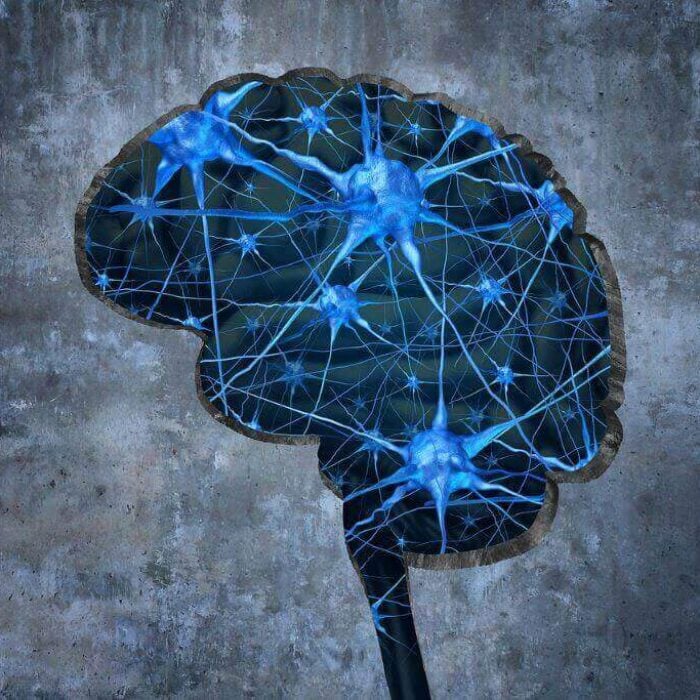When asked what drug dependency victims look like, most people would depict a dirty and destitute street addict, arms etched with track marks from shooting up heroin, stealing from the local convenience store to feed his daily habit. Or she may be a prostitute, numb to the sad fact that she is selling herself for a line of cocaine. However, you would not likely hear someone describe a business professional tackling client meetings who also visit multiple doctors to get Vicodin prescriptions. Unfortunately, prescription medicine is now second only to marijuana among the drugs most abused by adults and young people, and many of those battling prescription painkiller dependency could be your closest colleagues.
Dependency on prescription painkillers is a medical problem that can occur in anyone. As the body becomes tolerant to the original dose, the person may need to take more to achieve the same result. In this case, the body has developed an opiate physical dependency. Opiate physical dependency occurs when, due to continuous use of opiates, the person taking the medication now requires the medication to feel “normal simply.” The body stops producing endorphins because it is receiving opiates instead. This results in the user’s physical dependency on the external supply of opiates. A suddenly discontinued supply of opiates will often cause unbearable withdrawal symptoms, including irritability, profuse sweating, abdominal cramping, and diarrhea. This agonizing withdrawal is why most of those with dependencies cannot stop taking the drugs. For the pain patient, it is tough for them to distinguish between the original pain and the discomfort of withdrawal, providing even greater incentive for them to continue taking the drugs.
Although the drug addict on the street is easy for most of us to recognize, the professional suffering from an opiate dependency can go unnoticed even to those closest to them. This functioning dependent will typically maintain the same drive to succeed as they did before, easily hiding their dependency from others. This is what can make the problem more dangerous than the stereotypical addiction. Because functioning addicts know they are often the last people you would expect to be dependent on drugs, they can be even more compelled to hide the dependency due to the social stigma historically associated with drug addiction. They can’t imagine explaining to their supervisors that they seek treatment for narcotics.
But everyone should know that opiate dependency is a serious medical issue for a growing number of people and, as with any other medical ailment, should be addressed with the correct medical treatment as soon as possible. Many executives rule out treatment because they could not imagine abandoning their workplace and family for a lengthy stay in a rehabilitation program. They also fear the social stigma of informing colleagues that they are battling drug dependency. Many of these people have the same common misconception due to the stigma attached to a person who cannot stop taking drugs – that it must be cured using a treatment that includes elements such as psychological evaluation and group therapy. The pain management patients described often don’t need any level of social characterization or treatments that involve psychological reprogramming, making long-term therapy an inappropriate treatment option. Since dependency for these patients began because their bodies developed a chemical imbalance due to prescription drugs, the reliance is purely a chemical issue. It can be treated with medication like many other ailments.
The majority of my patients at the Waismann Institute seek out the treatment for this reason; they want to rid their bodies of physical dependency as quickly and discreetly as possible. Boasting a success rate of over 65 percent, The Waismann Method introduces special medications that facilitate the cleansing of opiates from the patient’s receptor sites while he or she is under anesthesia, allowing him to return home within days. This method is ideal for people who need to return to normalcy quickly and confidentially and relief for those that would otherwise continue to remain reliant on the drugs.
Prescription drug dependency is one of the fastest rising drugs of abuse among professionals as it is a medical reaction that can occur very easily. Every person prescribed opiate-based painkillers should be aware of the risks and talk to their doctor if they feel that they are becoming physically dependent on medication. There is help for this medical disease.
Dr. Clifford A. Bernstein, a board-certified anesthesiologist specializing in pain management and opiate dependency, is the Medical Director for the Waismann Method.














